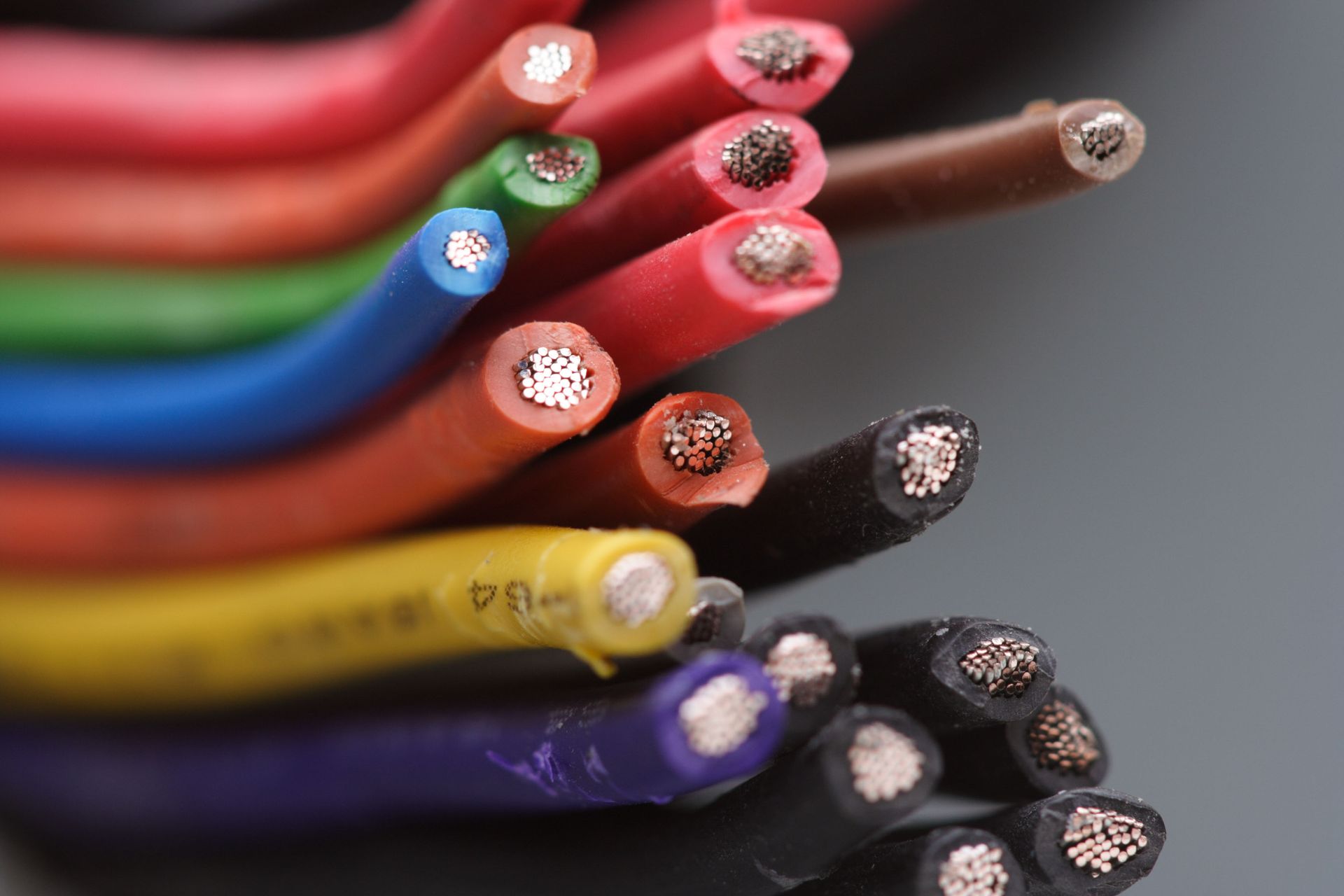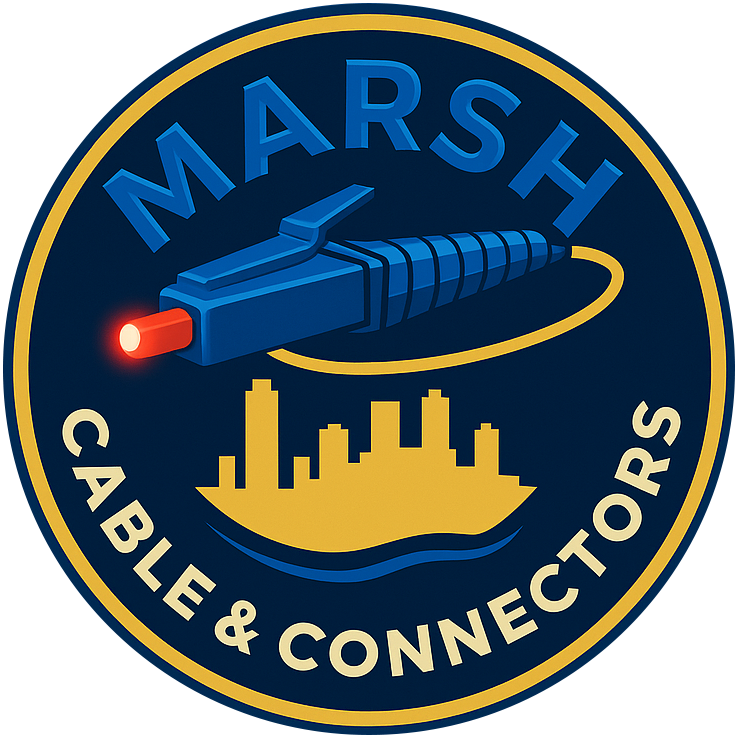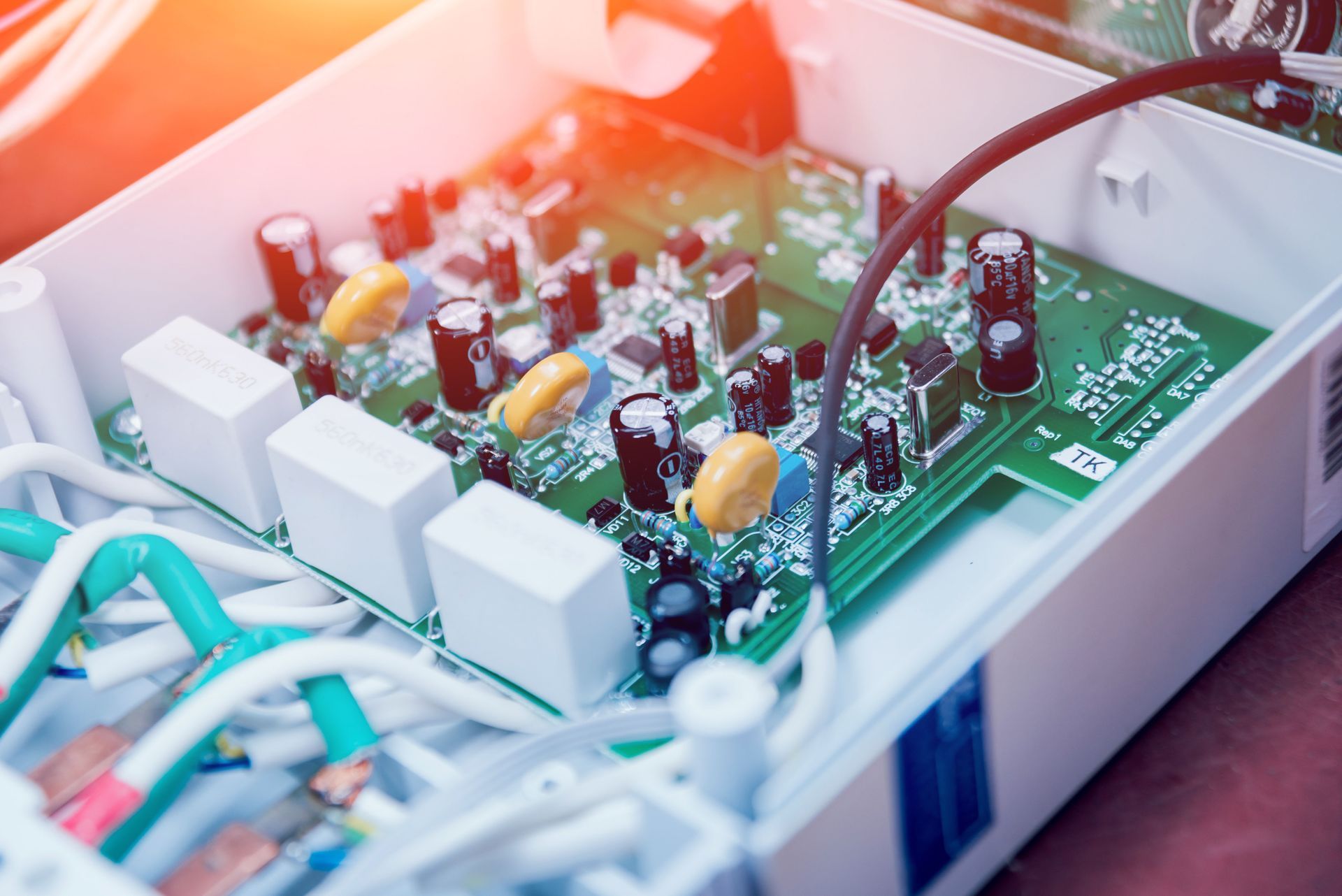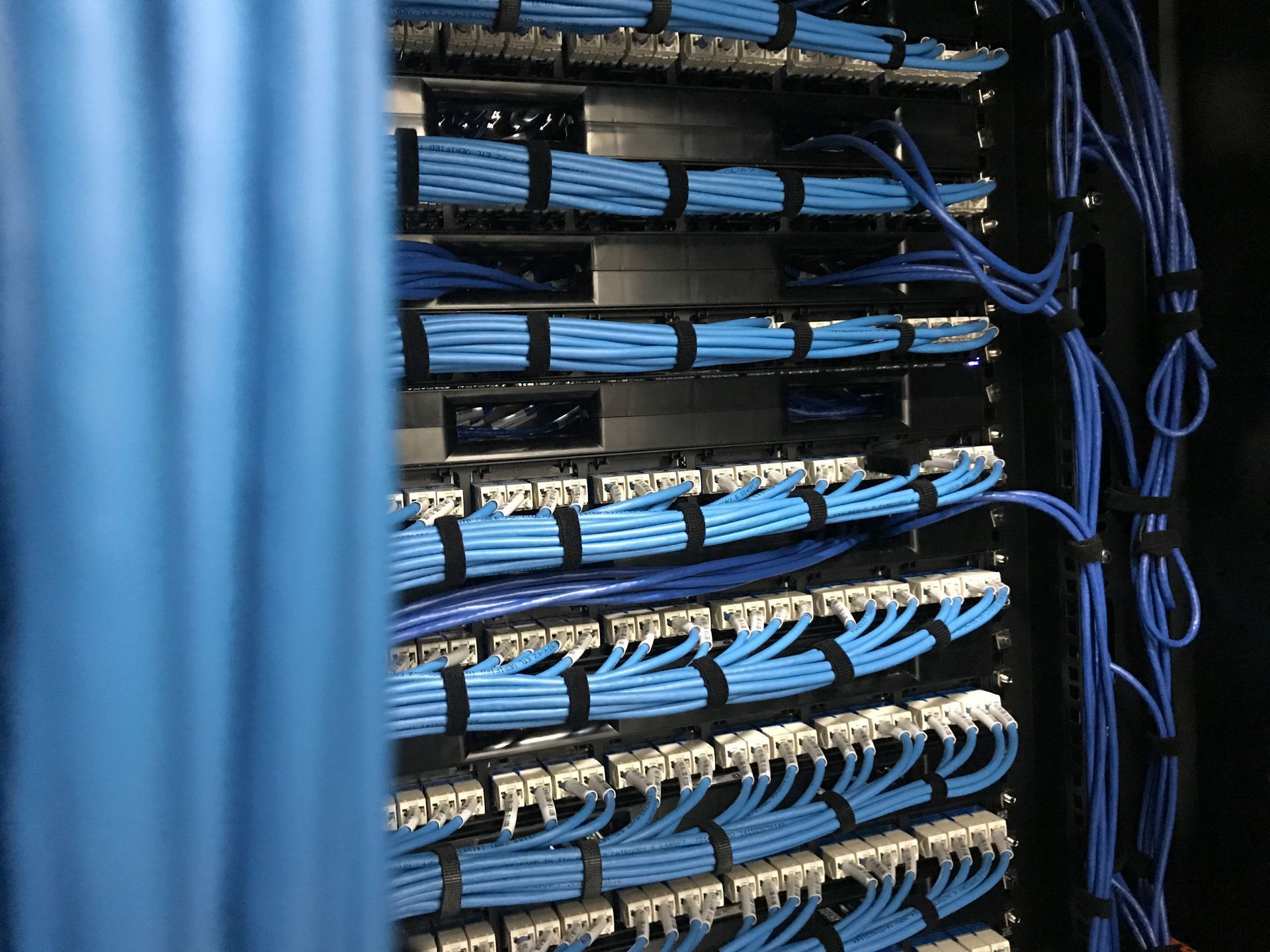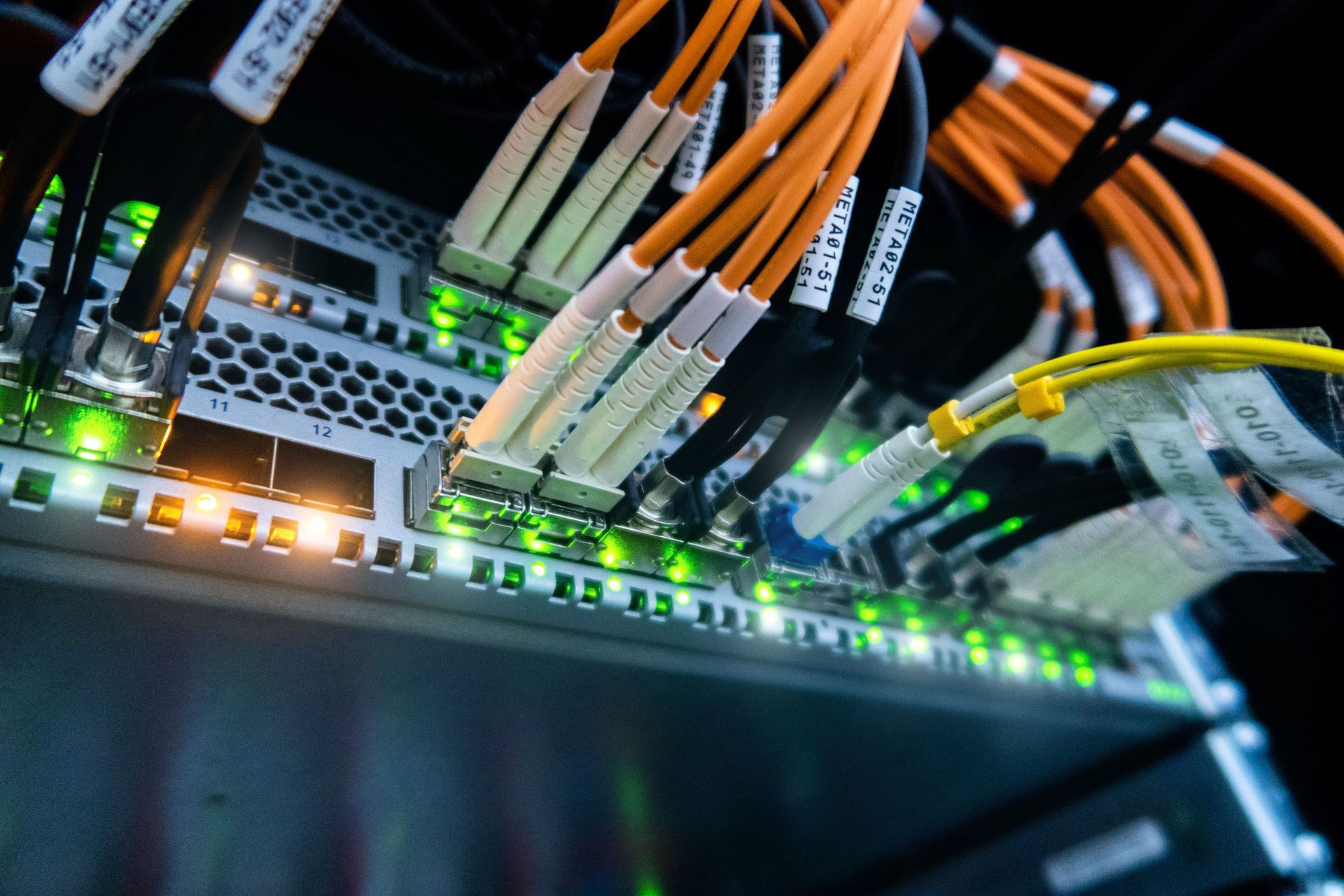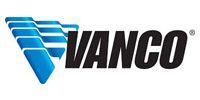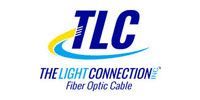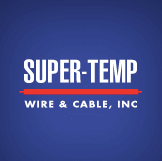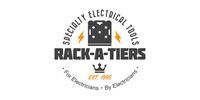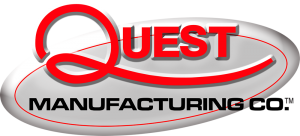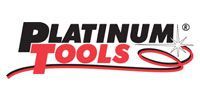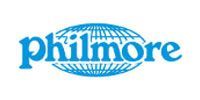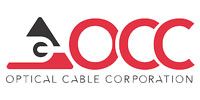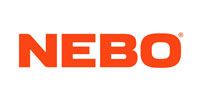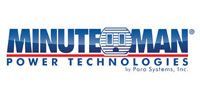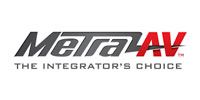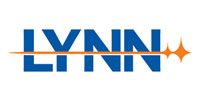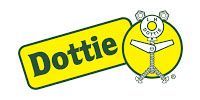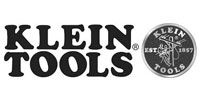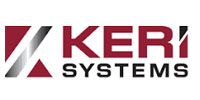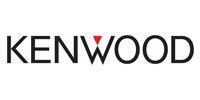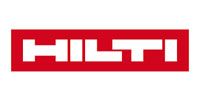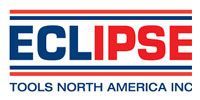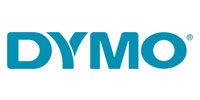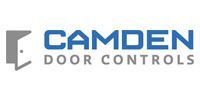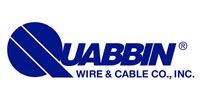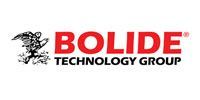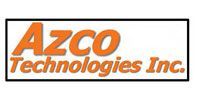October 3, 2025
Choosing the right cables is critical for modern high-speed networks. Copper and fiber optic cables each have unique characteristics, advantages, and limitations that determine their suitability for specific applications. With rising demands for faster communication, higher bandwidth, and reliable connectivity, understanding these technologies is essential. Let's explore copper and fiber cables, examining performance, cost, applications, and future trends to help make informed network decisions. By carefully evaluating network requirements, organizations can avoid unnecessary costs, improve data reliability, and ensure scalable infrastructure.
Understanding Copper Cables
Copper cabling has been a key part of telecommunications since the 19th century, initially deployed in telephony and later adapted to computer networks. Advances like Cat5e, Cat6, and Cat6a cables support speeds up to 1 Gbps, according to Electronic Specifier. These cable types remain common in residential and commercial settings, delivering dependable performance for everyday applications. Over time, copper cables have evolved to include improved shielding, twisted-pair designs, and enhanced materials, allowing them to remain relevant even as fiber optics gain popularity.
Copper cables include twisted pair (UTP/STP) and coaxial types, each optimized for different uses. Twisted pair cables dominate LAN installations, offering cost-effective and flexible connections for homes, offices, and smaller commercial setups. Coaxial cables, frequently used for internet and television, are robust, durable, and simple to maintain. High-speed copper standards like Cat6a can support gigabit-level connections for larger networks. Choosing the right copper cable requires balancing performance, distance, cost, and installation requirements to achieve reliable operation.
Data transmission in copper cables occurs through electrical signals. Twisted-pair designs help minimize electromagnetic interference, while shielding improves signal integrity. High-quality copper reduces resistance, although long runs can cause attenuation, sometimes necessitating repeaters or signal boosters. Despite these limitations, copper remains a practical solution for networks with manageable distances due to affordability, ease of deployment, and broad compatibility with existing equipment. Its flexibility and familiarity continue to make copper cables a mainstay in many applications, including small offices, residential setups, and local area networks.
Exploring Fiber Cables
Fiber optic cables emerged in the mid-20th century, transmitting data as light pulses through total internal reflection. Early adoption was limited due to high costs, but advancements in laser technology, materials, and splicing techniques have made fiber more accessible. Today, fiber cables provide high-capacity, long-distance performance for modern communications, ranging from enterprise networks to intercontinental backbones. Their speed, reliability, and immunity to electromagnetic interference make them the preferred choice for high-demand applications.
Fiber cables are classified as single-mode or multimode. Single-mode fibers support long-distance communication, ideal for wide-area networks (WANs) and telecommunications. Multimode fibers suit shorter-range environments such as campuses, data centers, or enterprise buildings, where many connections must handle high-volume data traffic efficiently. Specialized fiber types, including bend-insensitive or polarization-maintaining fibers, allow deployment in challenging or highly sensitive environments. Selecting the correct fiber type depends on distance requirements, environmental factors, and network design objectives.
Fiber transmits data using light, which reduces signal loss over long distances compared to electrical transmission. Total internal reflection ensures high signal integrity, while immunity to electromagnetic interference enhances performance. Technologies like Dense Wavelength Division Multiplexing (DWDM) enable multiple channels on a single fiber strand, significantly increasing capacity. Although installation requires specialized tools, precise splicing, and careful handling, fiber delivers consistent high-speed data transfer and scalability. These advantages make fiber indispensable for enterprises, data centers, and any network requiring future-proof infrastructure.
Comparing Cable Performance
Fiber optics deliver significantly higher speeds and bandwidth than copper cables, making them ideal for cloud computing, data centers, and large-scale collaboration. Copper cables, including Cat5e and Cat6, provide sufficient performance for smaller networks but can't match fiber‘s capacity over long distances or in high-demand scenarios. Selecting the right cable type ensures efficient data flow, reduces latency, and maximizes network reliability. Understanding these differences is crucial when planning upgrades or expansions.
In our experience, copper cables experience attenuation and signal loss beyond 100 meters, often requiring repeaters to maintain performance. Fiber, by contrast, maintains signal quality over kilometers without additional equipment, supporting long-haul and high-capacity networks. This difference often determines cable choice, particularly for enterprise, campus, or industrial networks where signal integrity is critical for mission-critical operations, high-speed applications, and uninterrupted data transfer.
The gap in speed, bandwidth, and distance capacity drives decisions for both small and large networks. Fiber is optimal for applications needing high throughput and minimal latency, while copper remains viable for budget-conscious installations or environments with shorter distances. Matching network demands with cable capabilities ensures that infrastructure investments deliver reliable performance, minimize downtime, and remain adaptable as requirements evolve.
Considering Installation and Applications
Copper cables are easier to install and terminate, with lower upfront costs and compatibility with existing infrastructure. Fiber installation requires precision, specialized tools, and careful handling, increasing initial complexity. Despite this, fiber‘s scalability and future-proof performance often justify the additional effort, particularly for growing networks that anticipate higher traffic loads and advanced applications.
For residential and small business networks, copper cables like Cat5e or Cat6 offer sufficient bandwidth at a lower cost. They're simple to deploy, compatible with consumer hardware, and require minimal technical expertise. Fiber may only be necessary in cases requiring higher speeds or long-distance connections, making copper the practical choice for everyday internet, streaming, and local networking tasks. Using the right copper cables ensures network efficiency without unnecessary costs.
Large enterprises, data centers, and cloud service providers benefit from fiber‘s high bandwidth, low latency, and extended reach. Single-mode fiber enables reliable long-distance connections, while multimode fiber supports dense, high-speed intra-facility networking. Hybrid solutions often combine copper and fiber to optimize cost, flexibility, and performance in industrial or challenging environments. These integrated approaches allow gradual infrastructure upgrades without service disruption.
Anticipating Future Trends
With technologies like 5G, cloud computing, and IoT expanding rapidly, network bandwidth requirements are steadily increasing across industries. Fiber optics will likely dominate new installations due to scalability, reliability, and high-speed potential. Copper will continue to serve legacy systems or cost-sensitive deployments that don't demand extreme speeds. Proactively planning network expansion ensures adaptability for evolving technologies and business growth.
Hybrid architectures combining copper and fiber are increasingly common, allowing organizations to balance cost, performance, and distance effectively. Media converters, structured cabling systems, and advanced networking equipment help bridge legacy copper networks with modern fiber deployments, ensuring smooth transitions, uninterrupted service, and minimal disruption during upgrades. Organizations can leverage existing infrastructure while upgrading key segments to support higher speeds and capacity.
Emerging cable innovations also prioritize sustainability, energy efficiency, and long-term durability. Fiber‘s low power requirements and copper‘s recyclability contribute to environmentally responsible designs. Efficient network infrastructure reduces operational costs and energy consumption, aligns with corporate sustainability goals, and supports regulatory compliance. By selecting cables with performance, cost, and environmental impact in mind, organizations future-proof their networks while maintaining robust, high-performing systems.
Selecting cables requires balancing performance, cost, installation, and application needs. Copper offers affordability, ease of use, and sufficient speed for many networks, while fiber provides unmatched bandwidth, long-distance reliability, and scalability for high-demand environments. Hybrid approaches combine the best of both, enabling flexible, high-performance networks.
Ready to upgrade your network with the right cables? Contact Marsh Cable & Connectors, Inc today for expert guidance, premium copper and fiber solutions, and reliable support to ensure your network operates efficiently, remains future-proof, avoids downtime, and exceeds your organization‘s evolving data and connectivity demands.
